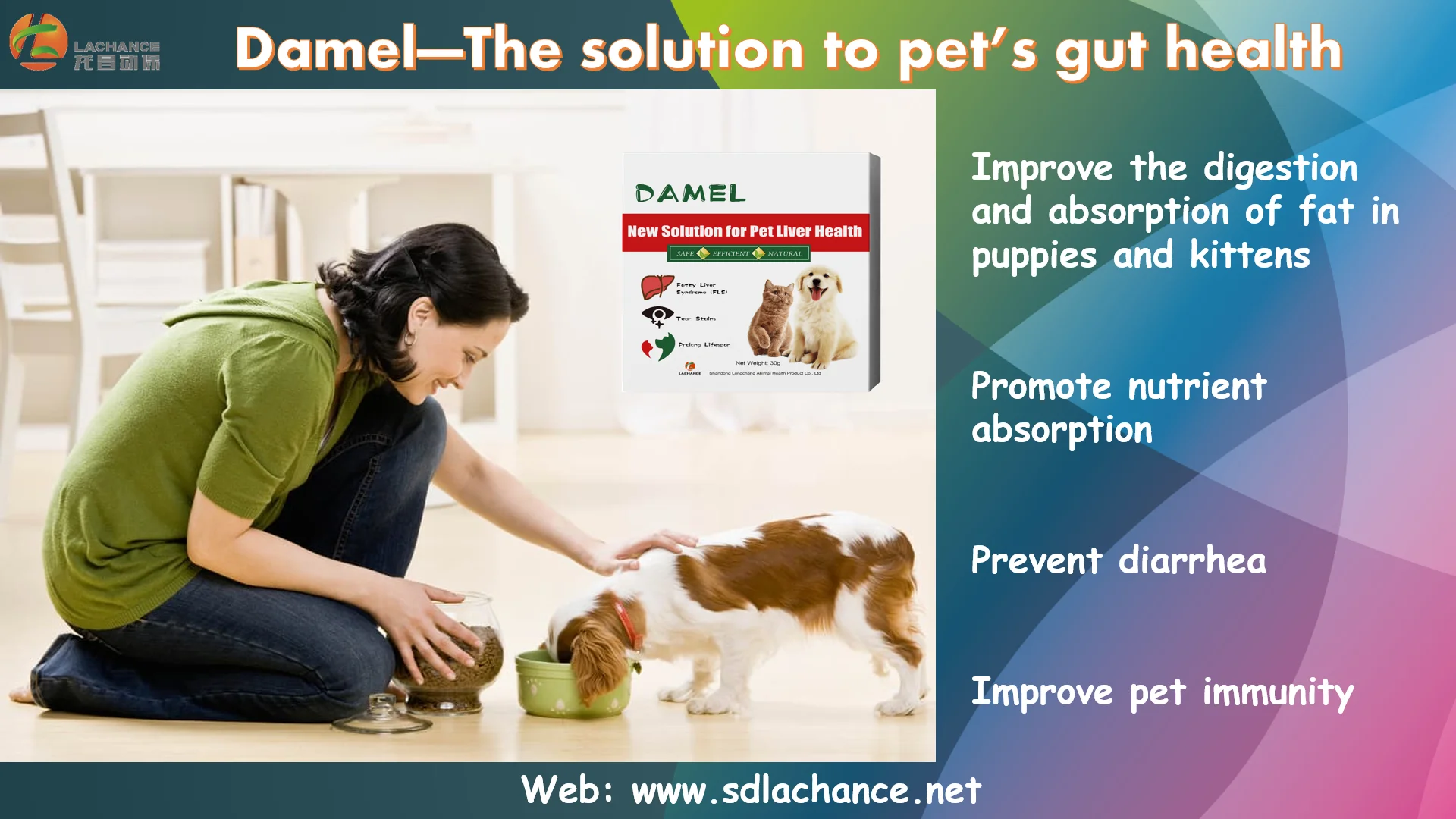Understanding the Pet Impact on Our Environment: A Comprehensive Guide
#### IntroductionThe term **pet impact** refers to the effects that our beloved pets have on the environment and ecosystems. As pet ownership continues to r……
#### Introduction
The term **pet impact** refers to the effects that our beloved pets have on the environment and ecosystems. As pet ownership continues to rise globally, it is essential to understand how our furry companions influence the world around us. This article aims to explore the various aspects of pet impact, including ecological considerations, waste management, and sustainable pet ownership practices.
#### The Ecological Footprint of Pets
Pets contribute to our lives in numerous ways, but they also have an ecological footprint that can be significant. The pet impact encompasses various factors such as resource consumption, waste production, and habitat disruption. For instance, the production of pet food requires vast amounts of land, water, and energy. The meat industry, which is a primary source of protein in pet food, is known to contribute to deforestation, greenhouse gas emissions, and biodiversity loss.
Moreover, pets can affect local wildlife. Dogs, for example, may pose a threat to small animals and birds, especially when allowed to roam freely. Cats are notorious for hunting birds and small mammals, which can lead to declines in certain species. Understanding these dynamics is crucial for responsible pet ownership.
#### Waste Management and Pollution

Another significant aspect of pet impact is waste management. Pets produce waste that needs to be disposed of properly to minimize environmental harm. Dog waste, for instance, can contaminate water sources if not picked up and disposed of correctly. It contains pathogens that can harm wildlife and humans alike.
Pet owners can mitigate the negative effects of waste by using biodegradable bags, composting pet waste, and supporting local initiatives that promote proper disposal methods. Additionally, cat litter can also have environmental implications, particularly if it is made from non-sustainable materials. Choosing eco-friendly litter options can help reduce the pet impact associated with waste.
#### Sustainable Pet Ownership Practices
To reduce the overall pet impact, owners can adopt sustainable practices that benefit both their pets and the environment. Here are some tips for responsible pet ownership:

1. **Choose Eco-Friendly Products**: Opt for pet food and supplies that are sustainably sourced and packaged. Look for brands that prioritize animal welfare and environmental responsibility.
2. **Adopt, Don’t Shop**: Consider adopting pets from shelters instead of purchasing from breeders or pet stores. This practice not only gives a home to an animal in need but also helps reduce the overpopulation of pets.
3. **Practice Responsible Breeding**: If you breed pets, ensure that you do so ethically and responsibly, prioritizing the health and well-being of the animals involved.
4. **Regular Vet Check-Ups**: Keeping pets healthy through regular veterinary visits can prevent health issues that may arise from neglect or poor care, ultimately benefiting the environment by reducing waste and resource use.

5. **Educate Others**: Share knowledge about the pet impact with fellow pet owners and encourage them to adopt sustainable practices.
#### Conclusion
In summary, the **pet impact** on the environment is a multifaceted issue that requires awareness and action from pet owners. By understanding the ecological footprint of our pets, managing waste responsibly, and adopting sustainable practices, we can help mitigate their impact on the planet. As we cherish our furry friends, let us also commit to being responsible stewards of the environment, ensuring a healthier world for both pets and people.